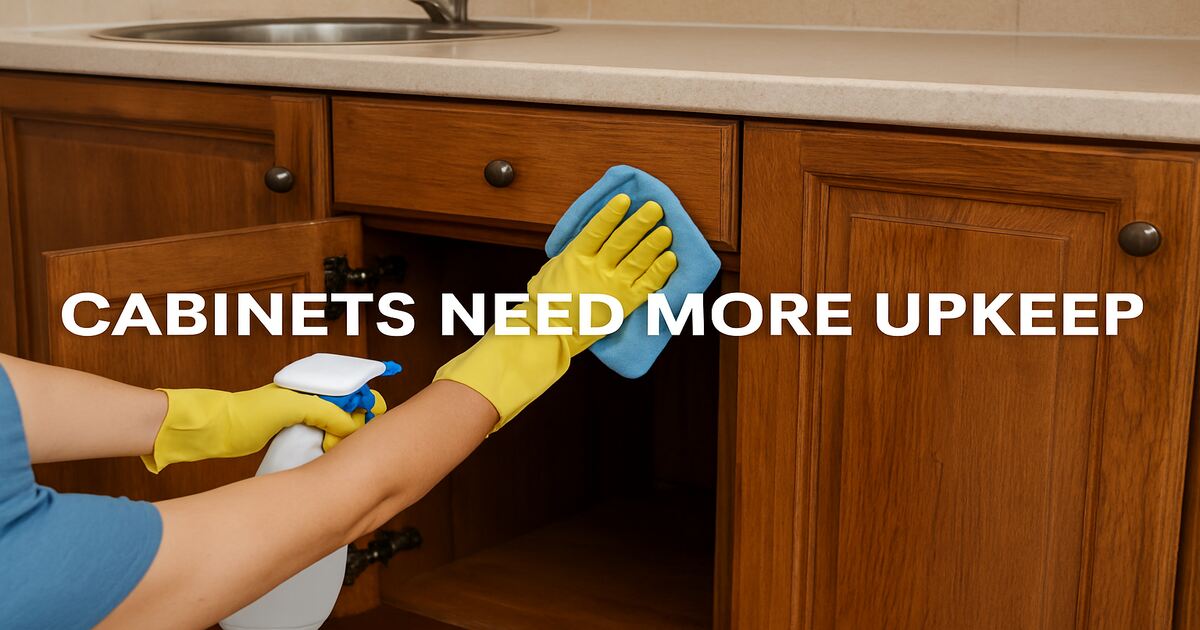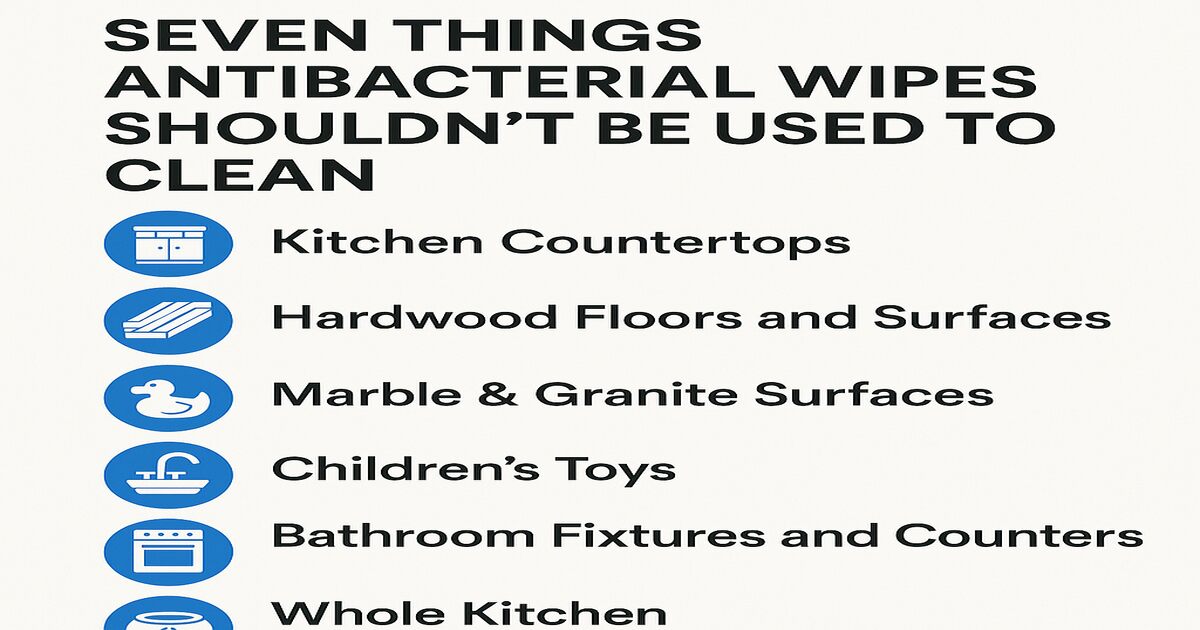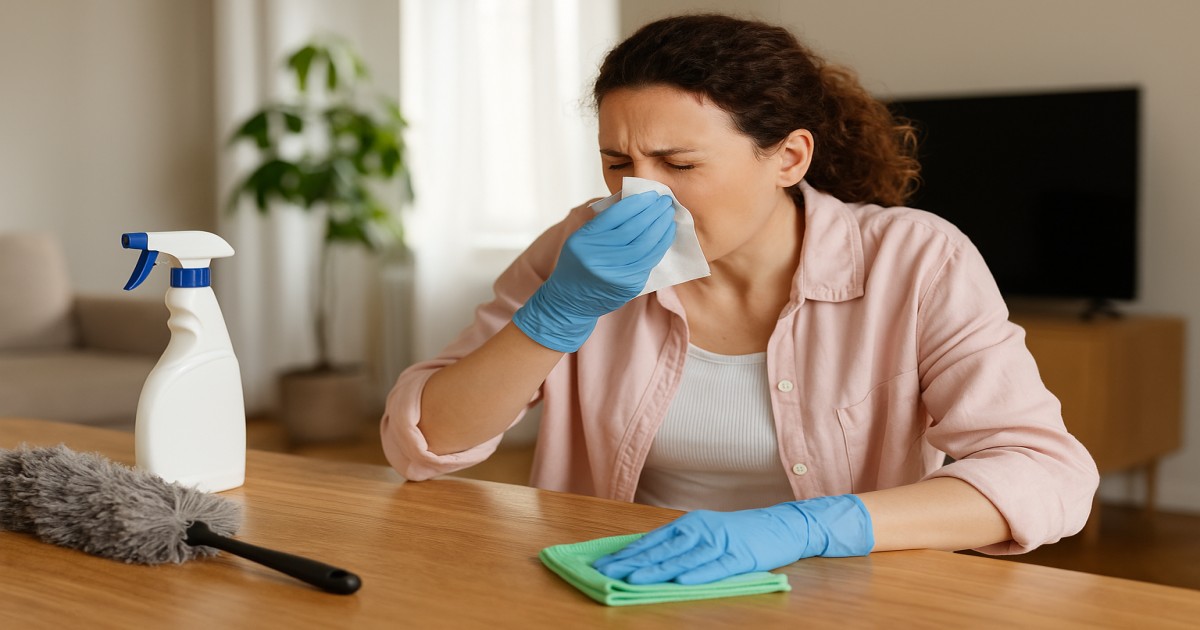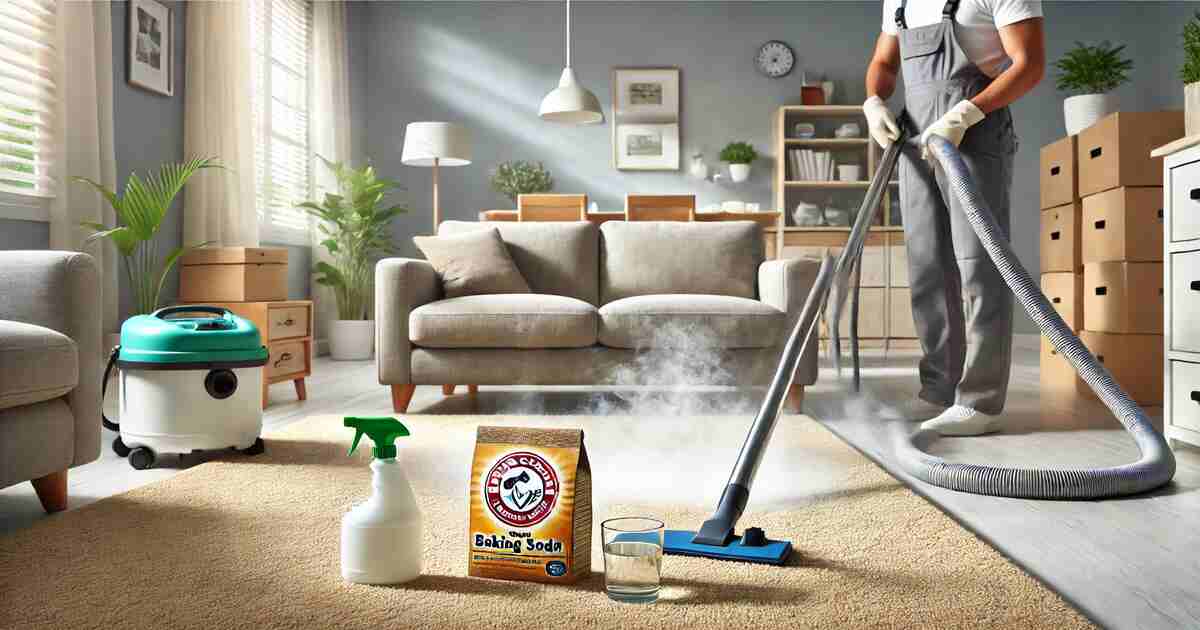
When was the last time you laid eyes on your cabinets? No, not that fleeting glance while grabbing a mug of coffee or putting away some spices? But a thorough analysis! Are the handles all sticky? Are those corners dusty? Or worse, a faint whiff of something not-so-nice has been emanating from the under-sink cabinet you have purposely been avoiding for weeks on end?
While we are fastidious about sparkling countertops and shiny floors, cabinets? Somehow, they get overlooked when it comes to cleaning. Yet they are opened, touched, banged shut, and leaned upon every single day. These quiet workhorses of our kitchens, bathrooms, and closets take way more beating than we tend to give them credit for, and neglect shows over time.
How To Clean Cabinets Easily?
Today in this blog, we are going to discuss why your cabinets deserve more than a quick wipe-down and how a little TLC can go a long way in neutralising your home’s aesthetics, lifespan, and even hygiene. So, ready to take a peek behind those doors?
1. Cabinets Are Places of High Traffic
The kitchen cabinets and bathroom cabinets are among the most-used features of a home. Think of the number of times the cabinet doors are opened in a day: to get a dish from a cabinet, or a glass, or to put in a snack? Or going under the sink for cleaning supplies?
Every opening and closing, banging, and spilling can contribute to wear and tear. In the long run, this can lead to:
- Lose hinges and misaligned doors
- Grease and grime build-up
- Dull finishes
- Wood warping due to moisture ingression
Cabinets endure a lot of abuse for being used so often. Repairs and replacements become needed when the cabinets begin to be taken for granted.
2. They Hide Some Dirt and Bacteria.
The cabinets can appear clean on the outside, while inside may be a whole different story. Crumbs, spills, sticky residues, and dust are all lurking in the corners, creeping in for a long time, particularly in kitchens and bathrooms.
Kitchen cabinets can play host to:
- The remains of food particles
- Cooking grease and smoke residue
- Insects (the lovable kind: ants, maybe even roaches, too)
- Bathroom cabinets tend to attract:
- Excess moisture
- Mildew and mould
- Residue from those glitzy things called makeup and other hair products.
Someone neglecting the cleanliness of cabinets does not affect the looks, but it truly harms health. Mould spores thrive and build colonies deep in hidden nooks and crannies within the cabinet and contaminate what’s stored inside, while having an indoor air quality as well.
3. Cabinets Affect Your Home Aesthetics
Cabinets are huge players in the interior design and ambience of your home. Dull, old, and worn-out cabinets will make any house feel exhausted and unkept, even if everything else is spotless. On the other end of the spectrum, nice cabinets, well-kept, will brighten up a room, giving it a more stylish and fresh feel and enhanced care.
In open-concept kitchens and bathrooms, especially, cabinets are one significant remaining visual feature. trusted bond cleaning professionals cleans dirty handles, scuffed wood, and chipped paint problems usually draw the observer’s eye before anything else does.
4. Neglected Cabinets Can Decrease Your Home Value
If selling your home is on your mind now or in some future opportunity, its cabinet conditions may sway a buyer’s judgment. Old cabinets speak of neglect and convey feelings that the otherwise show-stopping house looks dated.
And on the contrary, clean, durable, and chic cabinetry is rather a selling point. Simple cabinet upgrades like repainting, changing hardware, or deep cleaning can return high dividends upon resale.
5. Cabinets Are Pricey to Replace
And about cost! Install the cabinet in the kitchen, approximately $5,000-$15,000 and up, depending upon the size of kitchen and choices in materials. Prices for bathroom cabinets vary further from $500 to $2,500 depending upon the vanity. Garage- or utility-type cabinets will also quickly add up.
Why let anything so costly succumb to dirt or neglect?
Applying some TLC to cabinets can stretch their lifespan considerably- maybe even 10 years.
6. Cabinet Care Instructions
Having established that the cabinet always deserves a soul of care, our conversation starts with cabinet maintenance.
- a) Routine Cleaning
- For Outside Cleaning: The cabinet doors need to be wiped with non-abrasive cleaning detergent with a microfiber cloth, particularly around the handles and edges where fingerprints tend to accumulate.
- For Inside Cleaning: Empty your cabinets every few months so that you can vacuum and wipe the dust off, as well as throw away produce that has expired. Clean your shelves with a mild cleaner or vinegar solution.
- b) Deep Cleaning
- For grease buildup, particularly in the kitchen, a degreaser or a mixture of warm water, baking soda, and dishwashing soap works best.
- Disinfecting cabinets in the bathroom can help remove bacteria that are brought in by various toiletries and cleaning agents.
- Don’t forget about cleaning the cabinet hardware. The knobs and handles collect as much grime as the door handles.
- c) Repair Check
- It is essential to replace or tighten any kind of creaking or rusty hinges that you may have. Cabinets may need repainting or restraining every few years to save their surface and look.
- Look for water damage or swelling beneath sinks and in high-humidity zones.
- d) For Moisture Protection
- Shelf liners should be used to protect cabinet bottoms from spilling.
- Add ventilation and/or moisture absorbers to cabinets prone to dampness (like under the kitchen or bathroom sink).
7. When To Seek Expert Assistance
Although you can do routine maintenance and cleaning by yourself, there are some instances when engaging a professional is better:
- Refinishing or repainting cabinetry
- Deep restoration of antique or hardwood cabinetry
- Mould remediation of water-damaged cabinets
- Complete cabinet re-facing or replacement
Professionals can help in breathing new life into your existing cabinets and ensuring that you get the most out of your existing cabinets without a complete remodel.
8. The Environmental Impact of Cabinet Neglect
Most cabinets are not recycled easily, especially those made of MDF (medium-density fiberboard). All such cabinets have contributed to the amount of construction waste in today’s ever-growing landfills. Better use of cabinets to keep them longer are also imparting friendly environmental performances.
Waste less, replace less, and live all the more sustainably- a win-win situation!
Conclusion
Although they may be unseen elements in your home, cabinets represent both functionality and cleanliness in addition to beauty. Get dust daily, be it visible or unseen, and it can make or break the design vibe of your house.
They say, the good news is that giving importance to cabinets does not really take much effort to do. With regular cleaning, some occasional maintenance, and just a little preventive care, it can keep them looking and functioning like new for years to come.



